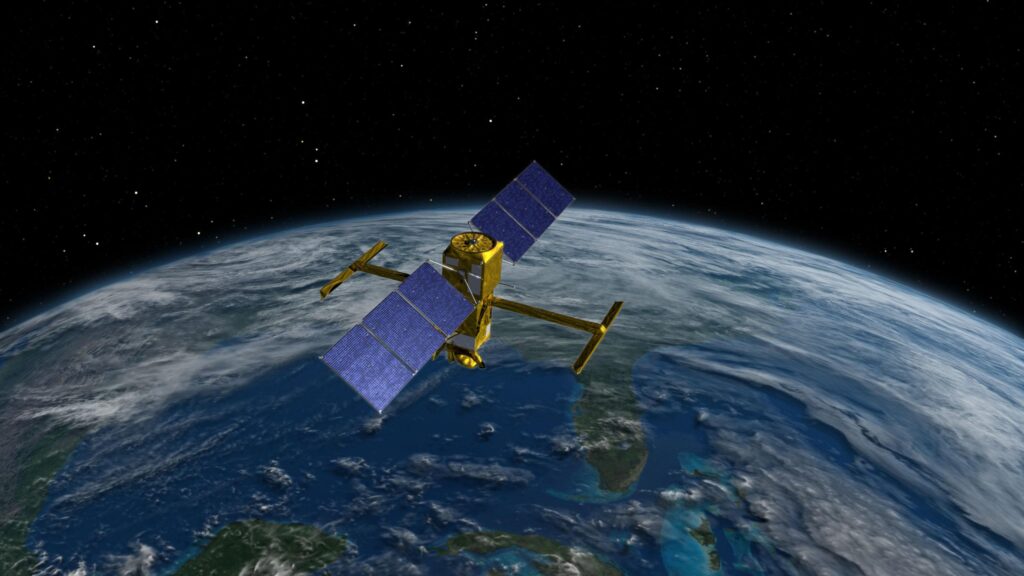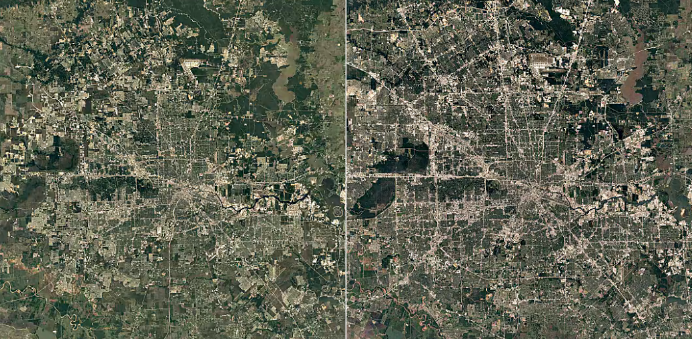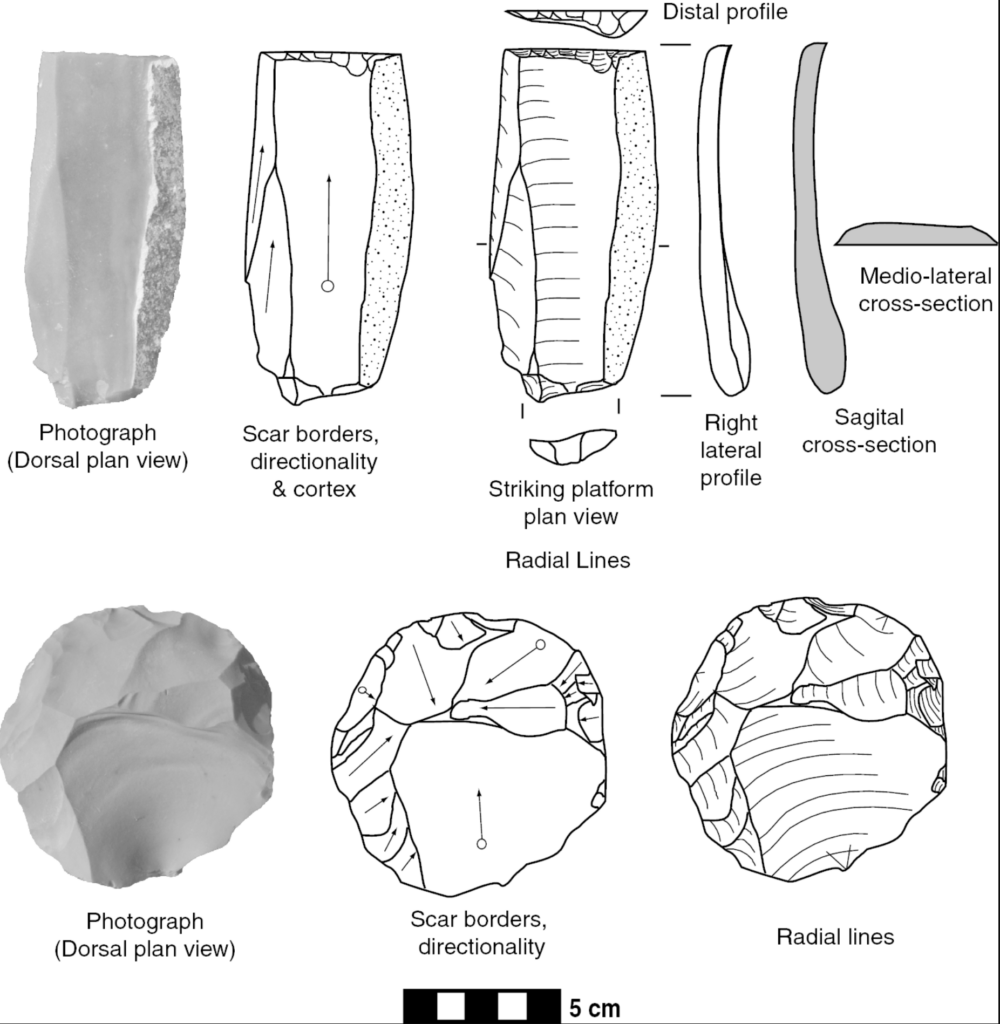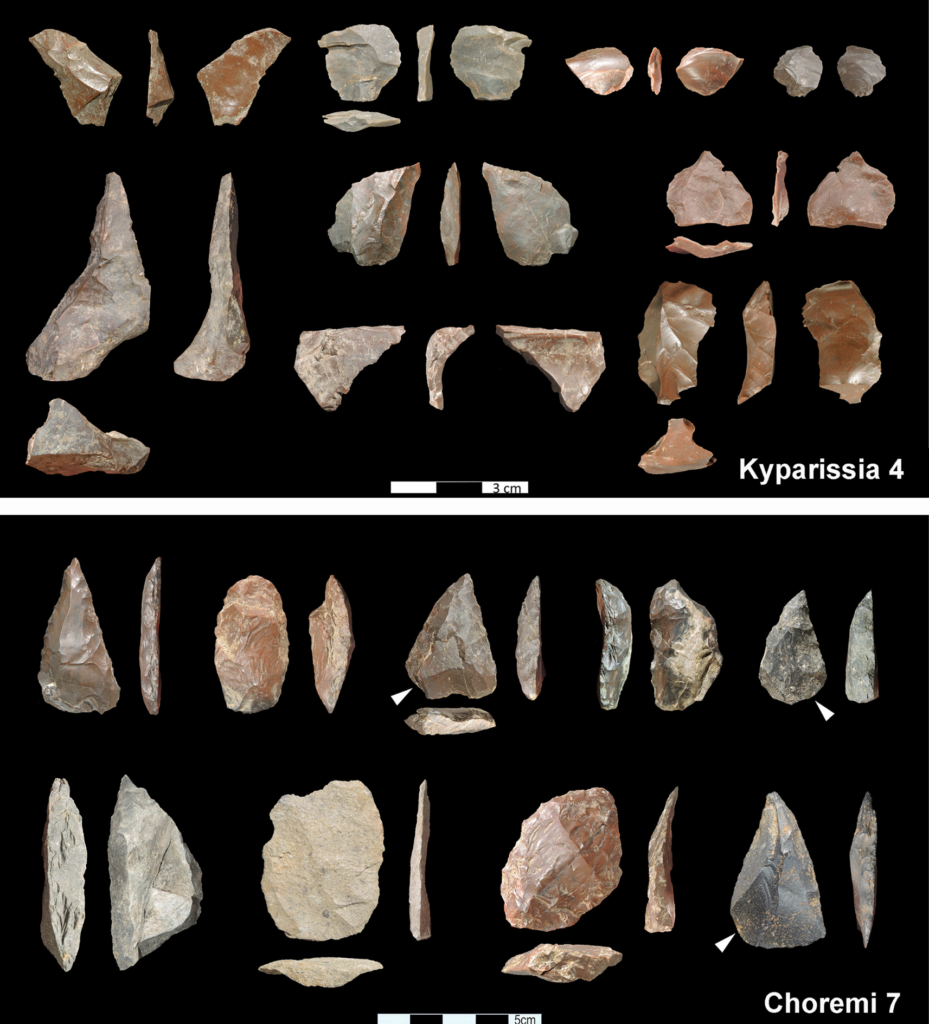In the last couple of classes, the discussions included debate surrounding the advancement of space exploration and its importance to archeology. Some of my peers were under the impression that space exploration does not correlate with our current archeological practices. However, as our understanding and examination of outer space progresses we can interpret the history of Earth with increased accuracy. A couple of the technologies that are used by the National Aeronautics and Space Administration are satellites and robotics. The main satellite used by NASA is the International Space Station. Part of the function of these instruments is to take photographs from space to provide an alternative perspective to supplement our current knowledge. For example, the satellites that are used by NASA use “radio waves to send signals”(What is a satellite? 2023) back to antennas on Earth. The information that is sent in these radio waves consists of “scientific data”(What is a satellite? 2023) such as the photographs taken by the satellite. This information is an important supplement to Archeologists since it provides a new angle to archeological sites not visible from the ground. In particular, this data facilitates the protection and conservation of cultural heritage sites. For instance, as the number of satellites in orbit increases, the frequency at which archeologists receive data will also increase.

Figure 1. This image shows an example of a NASA satellite orbiting around the Earth. (NASA to Showcase Earth Science Data at COP28 2023)
As a result, institutions like UNESCO can “identify potential threats to sites”(Rössler 2021) and alert proper authorities to resolve possible problems. Additionally, these images can predict the trajectory of environmental events and archeologists can take action if there are signs of harm. This is beneficial to the field of archeology because previously unpredictable tragedies that would destroy ancient sites and artifacts can now be preserved thanks to the implementation of space exploration. Furthermore, the continuing use of outer space will allow archaeologists to observe the extent to which external factors have on archaeological sites. The United Nations has used satellite imagery to examine differences from “a “before and after” scenario.” (Satellite Imagery Helping, n.d.) This could be extremely useful for the future of archaeology since it is unpredictable when catastrophic events may occur. If tragic sudden events happen, archeologists will be able to know the extent to which archeological sites were damaged. This advanced assessment will provide archaeologists with ample knowledge so that they can support restoration efforts after unfortunate and unexpected events occur. By archeologists having access to this information it will make their responses to these events quicker since they have a new perspective on what they already know.

References:
“NASA to Showcase Earth Science Data at COP28 – Climate Change: Vital Signs of the Planet.” NASA, November 29, 2023. https://climate.nasa.gov/news/3292/nasa-to-showcase-earth-science-data-at-cop28/.
Ramirez, Fernando. “Google Timelapse Shows How Texas Cities Changed over 30 Years.” CHRON, December 8, 2017. https://www.chron.com/news/houston-texas/texas/article/Google-Timelapse-shows-how-Texas-cities-changed-10687660.php.
Rössler, UNESCO World Heritage. “N°98 – Monitoring World Heritage from Space.” UNESCO World Heritage Centre – World Heritage, April 2021. https://whc.unesco.org/en/review/98/.
“Satellite Imagery Helping to Monitor Cultural Heritage Sites under Threat.” UNITAR. Accessed December 3, 2023. https://www.unitar.org/about/news-stories/news/satellite-imagery-helping-monitor-cultural-heritage-sites-under-threat.
“What Is a Satellite?” NASA, July 25, 2023. https://www.nasa.gov/general/what-is-a-satellite/.
Further Readings:
https://www.scientificamerican.com/article/space-archaeologist-probes-history-in-orbit/
https://www.unoosa.org/documents/pdf/copuos/lsc/2021/tech-10E.pdf
https://www3.astronomicalheritage.net/index.php/show-theme?idtheme=20


